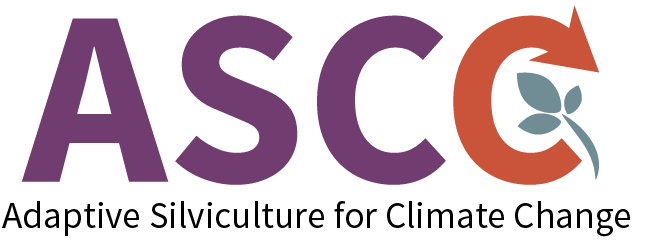As there is increased interest to create Adaptive Silviculture for Climate Change (ASCC) Network sites in urban forested ecosystems, the ASCC Network Leads have created a list of criteria to facilitate application of the ASCC Network framework in places where the Core Site criteria cannot be fully met (i.e., full replication and/or size criteria are not possible), to encourage broader application of these foundational climate-adaptive concepts to other forest ecosystems, and to facilitate application of the ASCC Network framework to a second tier of Affiliate Sites for integration into the ASCC Network.
Affiliate Sites
1. Driftless Area
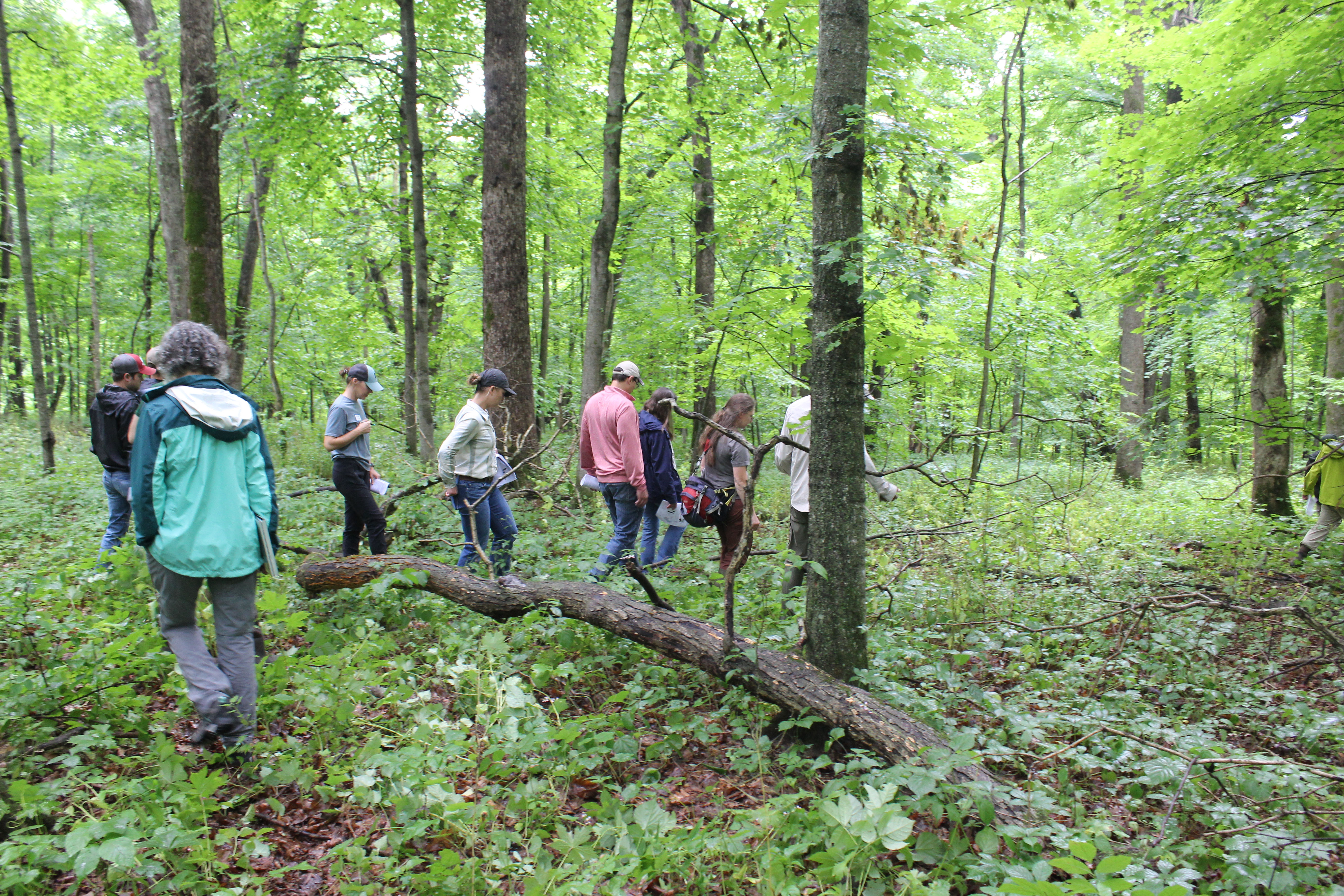
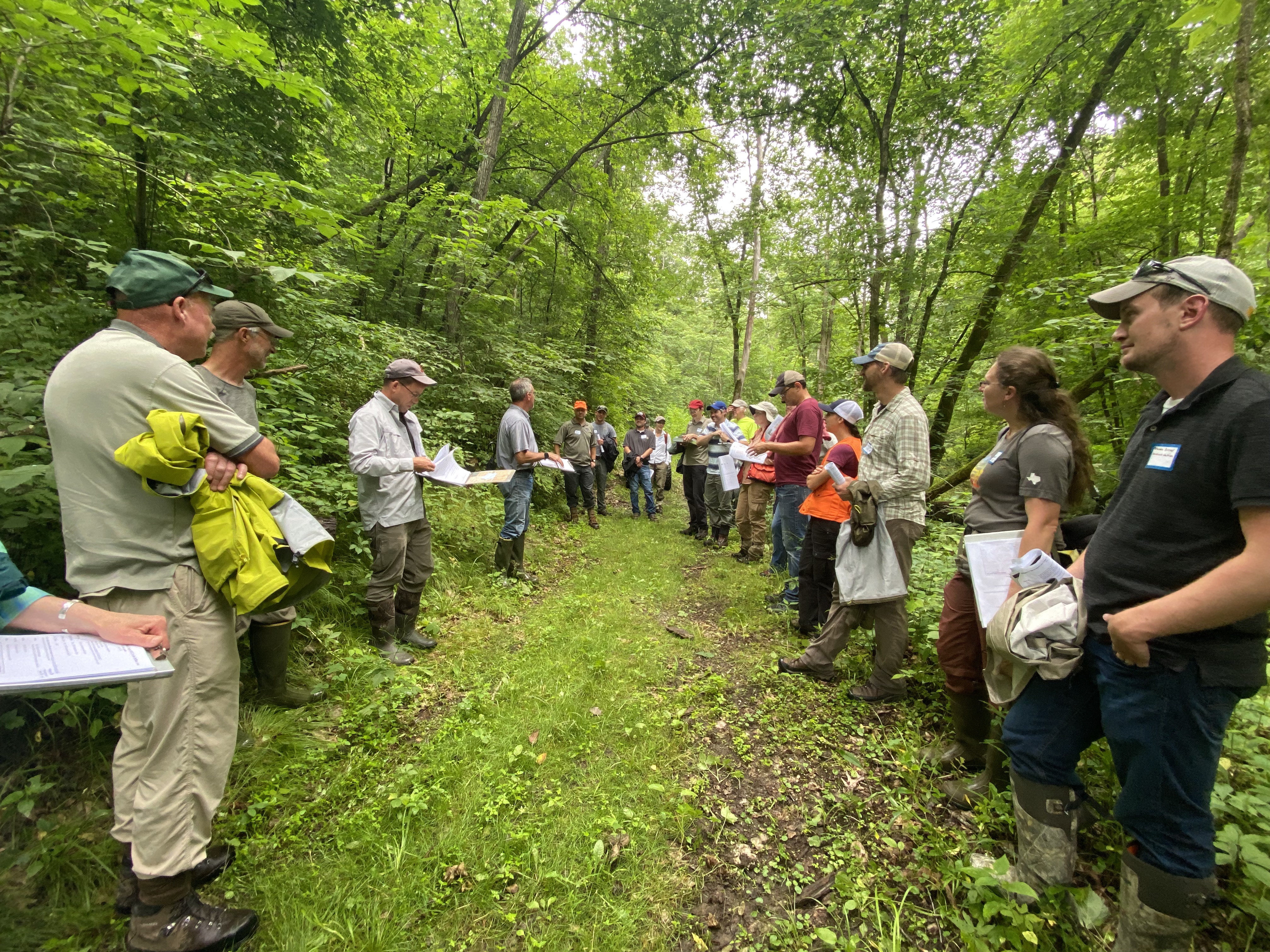
2. Mississippi National River and Recreation Area
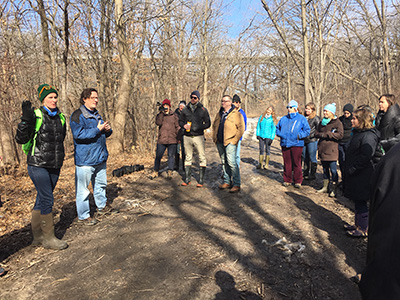
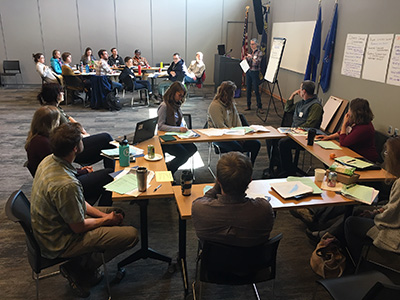
3. Southern New England Exurban Oak
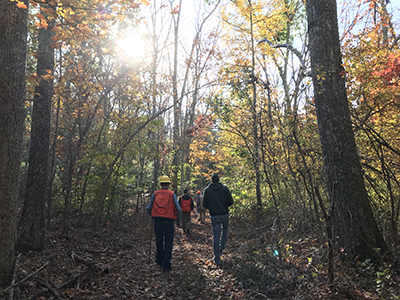
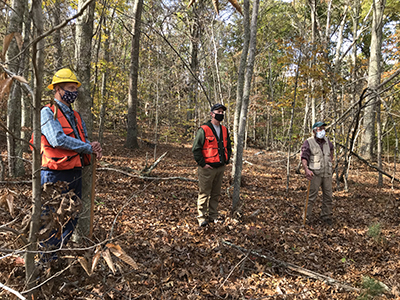
Important Information for Potential Affiliate ASCC Sites
The ASCC Network uses a set of core criteria that makes the Network distinct from other long-term silviculture and climate-adaptive ecological research experiments. The ASCC Network uses a co-development model that engages forest managers and scientists in the co-creation of locally-relevant climate change adaptation treatments that follows the Northern Institute of Applied Climate Science (NIACS) framework1 and utilizes the Resistance-Resilience-Transition spectrum of adaptation approaches.
The ASCC Network is a unique, collaborative research network composed of a series of silvicultural trials across different forest ecosystem types. As there is increased interest to create ASCC Network sites in forested ecosystems, the ASCC Network Leads have created a list of criteria to facilitate application of the ASCC Network framework in places where the Core Site criteria cannot be fully met (i.e., full replication and/or size criteria are not possible). This section outlines the requirements for ASCC Affiliate Sites as a means to expand the scope of the ASCC Network and encourage broader application of climate-adaptive silvicultural experiments. These criteria for ASCC Affiliate Sites are designed to maintain the scientific robustness, validity, and integrity of the Network, as well as differentiate ASCC Network sites from demonstration sites or case studies exploring climate-adaptive management strategies.
Affiliate Site Collaborators of the ASCC Network must meet the following criteria and process:
- Contact the ASCC Network PIs at the beginning of the project planning process and before site-level experimental treatments have been developed in order to ensure successful integration into the Network.
- Engage the ASCC Network PIs at the beginning of the project planning process, throughout implementation of the workshop and treatments, and during data collection and monitoring.
- Follow the ASCC Network co-development framework. This includes utilizing the ASCC workshop process that:
- Introduces natural resource managers to conceptual tools and approaches that integrate climate change into the natural resource management planning and decision-making process; and
- Uses an adaptive planning process to design specific climate change adaptation experimental treatments (i.e., resistance, resilience, and transition) for the local ecosystem that integrate manager inputs, and will be part of the long-term ASCC Network project.
- Follow the definitions of resistance, resilience, and transition based on Nagel et al. 20172, which uses the Millar et al. 20073 definitions.
- Follow the ASCC Network experimental design and conceptual framework to the extent possible, including a minimum of 3 full replicates of resistance, resilience, transition, and a no-action treatment, with each treatment unit at least 1-2 acres in size (total minimum acres needed for one full site = 12).
- The size and replication of the treatments can be flexible but must be discussed with the ASCC Network PIs to ensure the replication and plot layout maintain the statistical robustness necessary for a scientific experiment.
- The replication of the treatments drives the research questions we can ask as a Network and is non-negotiable.
- We also require a commitment to completing pre- and post-treatment data collection and monitoring. If there is no plan for data collection, it compromises the value of the experiment.
- Exemplify the main strengths of the ASCC Network:
- Scientist-manager partnership
- Mission-critical and ethically important research
- Scientifically robust, replicated, long-term, operational experiment that is applicable to landscape-scale contexts
- Encourages stakeholder engagement and communication and facilitates long-term dialogue and outreach to broader management community
- Puts adaptive management theory into practice
- Adhere to the ASCC Network authorship expectations.
- Adhere to the ASCC Network data collection and management best practices.
The ASCC Network may continue expanding dependent upon funding. As such, the ASCC Network Team Leads will determine additional project sites to be given high priority for inclusion in the study based on forest ecosystems of concern, the capacity of new project manager and scientist champions, and willingness to truly engage as partners with the ASCC Network PIs.
Assessing the Feasibility of Pursuing an Affiliate ASCC Network Site
In addition to these core criteria, when assessing the feasibility of pursuing an Affiliate ASCC Network Site, particularly within an urban ecosystem, the following questions should be considered, particularly prior to committing to an ASCC workshop:
- Who will be the key scientists and managers dealing with monitoring of the project into the future and assisting with the commitment to complete pre- and post-treatment data collection?
- Can you set aside the area to be a part of this study 20 years into the future?
- What kind of site inventory data currently exists for the site?
- What is the capacity of the site to harvest wood in the treatments, and is there a market or contractors who can help with implementation of the adaptation treatments?
- What is the ownership pattern across the area where the ASCC treatments will be implemented?
- What is the public perception of forest management in the area, and how can the project site be used as an educational opportunity with the surrounding communities?
- What are the political constraints for seed sourcing and planting future-adapted species?
- Who is the decision authority for the site? In other words, what is the governance structure and who will have the final say in what treatments will be implemented on the ground?
- When thinking about the treatment size, are there partnering organizations in similar forest types within the area that could include replications on their properties as well? What happens if the experimental unit is a “plot” vs. a design where we have management units (resistance, resilience, transition, and control) with plots within them?
- The ASCC Network PIs understand that there is an interest in having actionable science and management suggestions soon, but there should also be an understanding of the nature of the ASCC Network as a long-term scientific experiment.
1Swanston, C.W., M.K. Janowiak, L.A. Brandt, et al. 2016. Forest adaptation resources: Climate change tools and approaches for land managers, 2nd edition. USDA Forest Service General Technical Report NRS-87-2, Northern Research Station, Newton Square, PA. 161p.
2 Nagel B.J. Palik, M.A. Battaglia, et al. 2017. Adaptive Silviculture for Climate Change: A National Experiment in Manager-Scientist Partnerships to Apply an Adaptation Framework. Journal of Forestry 115:167-178. http://dx.doi.org/10.5849/jof.16-039
3 Millar, C.I., N.L. Stephenson and S.L. Stephens. 2007. Climate change and forests of the future: Managing in the face of uncertainty. Ecological Applications 17(8):2145-2151.
